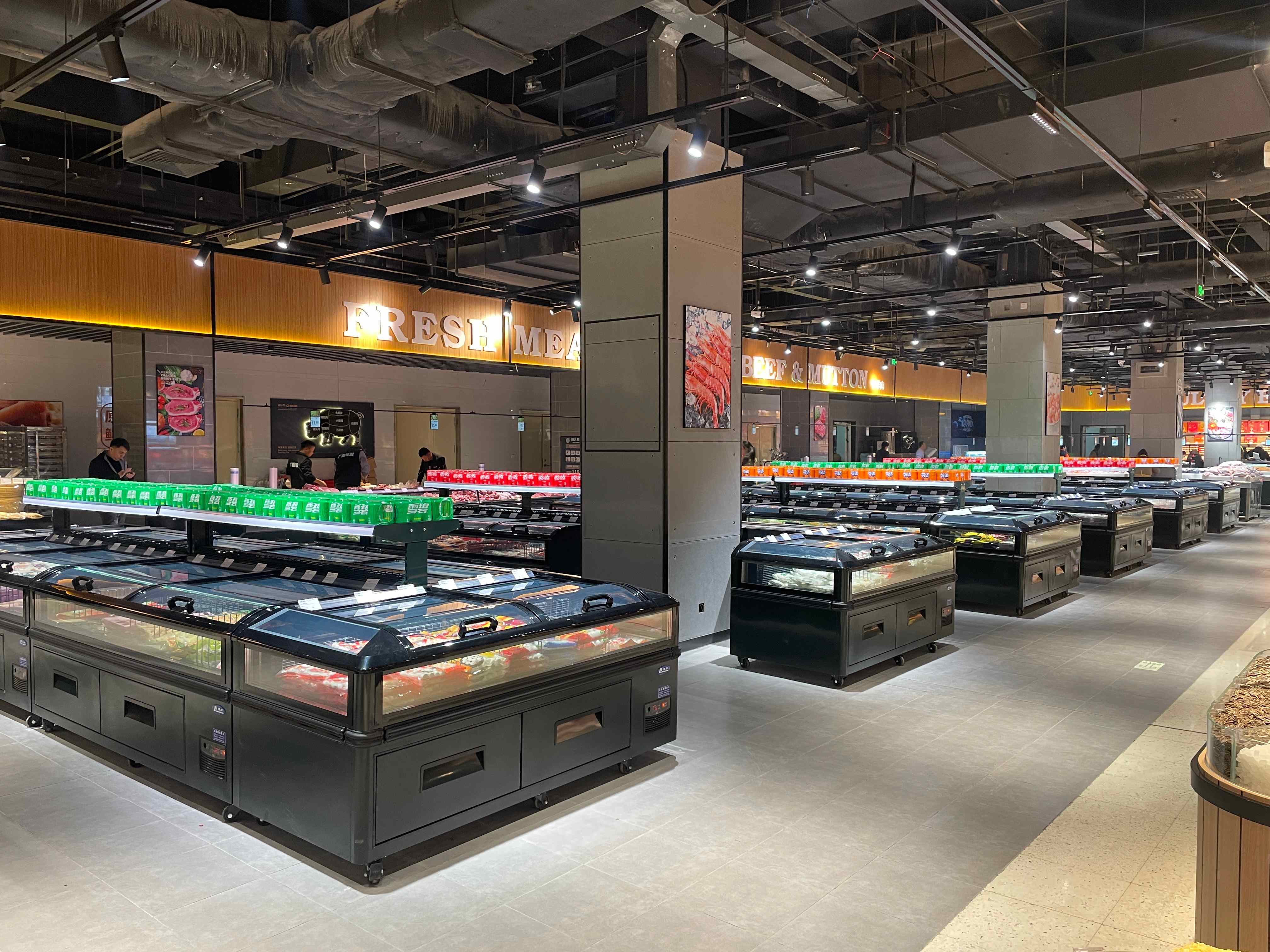In retail environments, effective product presentation is key to attracting customers and driving sales. A display freezer not only preserves perishable goods but also enhances visibility, allowing shoppers to quickly find and choose products. For B2B buyers, understanding the features, benefits, and applications of display freezers is crucial for making informed purchasing decisions.
What is a Display Freezer?
A display freezer is a refrigeration unit designed to store frozen products while showcasing them through transparent doors or lids. Unlike standard freezers, display freezers focus on both storage efficiency and product visibility. Key features include:
-
Transparent Panels: Glass doors or sliding lids for easy product viewing
-
Consistent Temperature Control: Maintains optimal freezing conditions
-
Energy-Efficient Design: Reduces operational costs while maintaining performance
-
Adjustable Shelving: Accommodates products of varying sizes
-
Durable Construction: Built for commercial and high-traffic retail environments
These freezers are essential for supermarkets, convenience stores, and specialty retailers, ensuring products remain fresh while encouraging impulse purchases.
Advantages of Using a Display Freezer
Investing in a high-quality display freezer offers several benefits for retail businesses:
-
Enhanced Product Visibility: Transparent doors allow customers to see products clearly, increasing the likelihood of purchase.
-
Improved Inventory Organization: Adjustable shelves and baskets make stocking and retrieving items easier.
-
Energy Efficiency: Modern compressors and insulation reduce electricity usage without compromising freezing performance.
-
Longer Shelf Life: Consistent low temperatures maintain product freshness and reduce spoilage.
-
Customer Convenience: Easy-to-access layout and clear visibility improve the shopping experience.
Applications Across Retail and Commercial Sectors
Display freezers are widely used in multiple industries, including:
-
Supermarkets and Grocery Stores: Frozen foods, ice cream, ready-to-eat meals
-
Convenience Stores: Snacks, beverages, frozen treats for grab-and-go
-
Foodservice and Cafés: Pre-prepared desserts, frozen ingredients
-
Specialty Retailers: Seafood, meat, or gourmet frozen products
Their combination of visibility, accessibility, and reliability makes display freezers a critical investment for B2B buyers in the retail and food sectors.
Tips for Optimal Use of Display Freezers
To maximize performance and ROI from display freezers:
-
Select the Right Size: Match the unit to store space and inventory volume.
-
Ensure Proper Temperature Settings: Keep products at recommended freezing levels for quality and safety.
-
Regular Maintenance: Clean coils, defrost when necessary, and check door seals to maintain efficiency.
-
Energy Management: Choose units with LED lighting and energy-efficient compressors to reduce operating costs.
Proper installation and maintenance ensure consistent performance, long lifespan, and maximum sales impact.
Conclusion
Display freezers are more than storage units—they are sales-enhancing tools that combine preservation with presentation. For B2B buyers in retail and foodservice, selecting high-quality display freezers ensures product visibility, customer convenience, energy efficiency, and prolonged freshness, ultimately driving sales and operational efficiency.
FAQ
1. What types of products can be stored in a display freezer?
Display freezers are suitable for ice cream, frozen meals, seafood, meat, and other perishable goods.
2. How do display freezers differ from standard freezers?
Display freezers focus on product visibility with transparent doors or lids, whereas standard freezers prioritize storage capacity without showcasing products.
3. How can I improve energy efficiency with a display freezer?
Select units with LED lighting, energy-efficient compressors, and proper insulation, and maintain regular cleaning and defrosting schedules.
4. Are display freezers suitable for small retail spaces?
Yes, they come in various sizes and configurations, including upright, chest, and countertop models, making them adaptable to small or limited spaces.
Post time: Nov-05-2025





